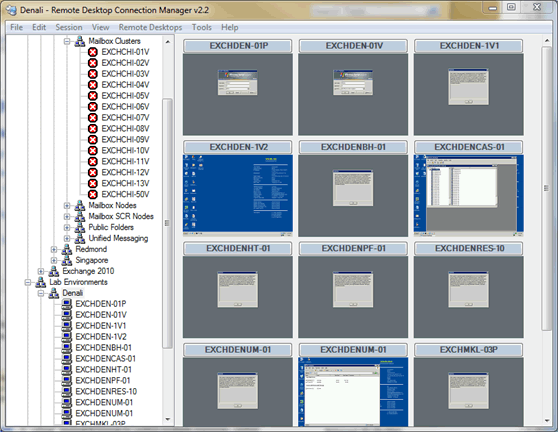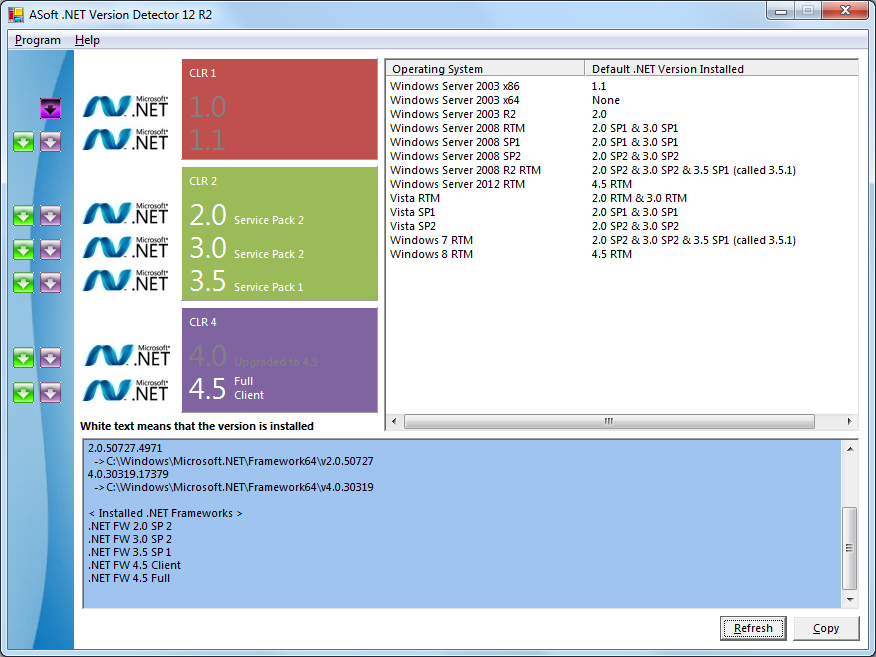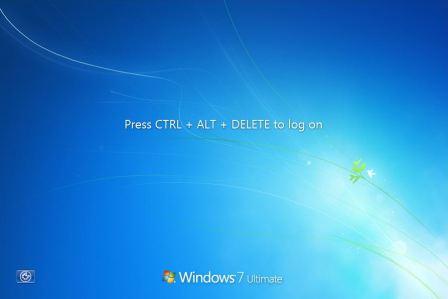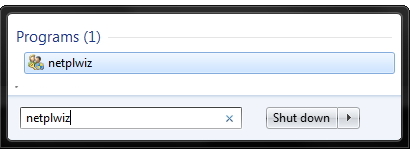
When you have to remote desktop to a Windows based server or computer, your default option is RDC protocol. This is a useful utility if you’re connecting to one computer at a time. So what if you need to connect to ten or more? Do keep in mind, not all those computers have the same credentials, and saving all those .RDP files to your desktop will get very cumbersome.
There’s a handy tool from Microsoft: Remote Desktop Connection Manager that allows you to do just that.
As you can see from the screencap directly from MS techblog, the application lets you open multiple RDC connections at a time giving you full control over: inherited credentials, gateway settings for VPN connections, individual display settings, individualized local resources… the list goes on. Super handy utility when I was building a new virtual environment with Hyper-V; after creation of the VM, I put in the server name with full credentials and saved it under the proper group.
I’ve used other tools similar to this such as the RSAT tool that felt unfinished, as well as RoyalTS, VisionAPP, and Terminals. All these programs worked well for what I used them for, but each had their own little quirks and last minute features such as screen-shot ability. The part I like the most about RDC Manager from Microsoft is the price: completely free. Plus, it just feels like it goes with the rest of the Windows experience, from the toolbars to the menus it definately feels like a MS product.
So if you need to remote to a hell of a lot of computers and like a freebie that’s right from Microsoft, give it a shot.
-Dexter














